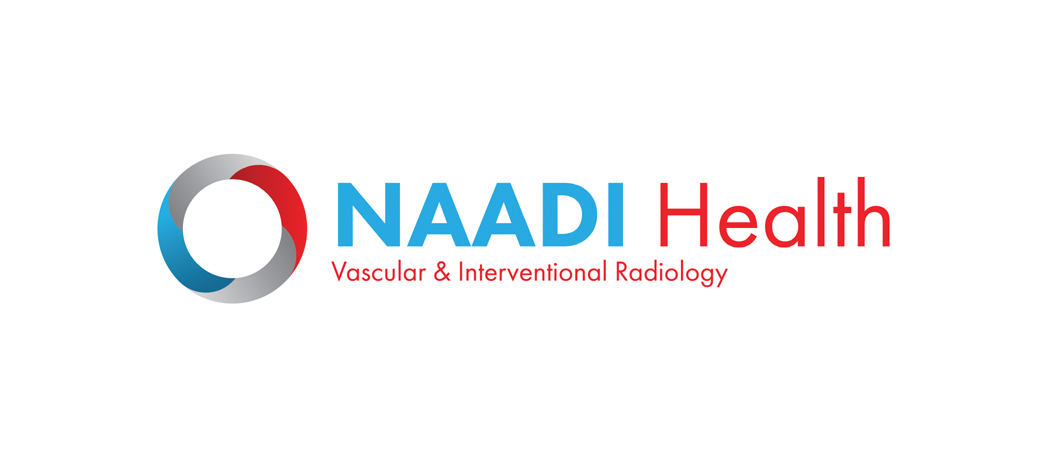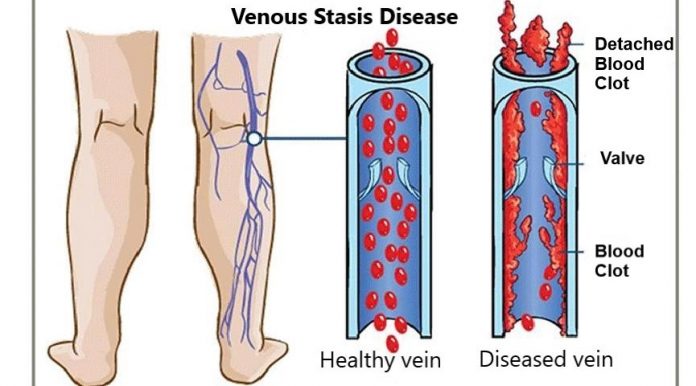
Do you have swelling in your legs that will not go away?
Do your legs get red and warm?
Are your legs discolored or “stained”?
Do you have “weeping” from the lower legs?
Have you had a blood clot in your legs or in your lungs?
Do you have an ulcer or wound in your lower legs that will not heal, or has to be treated by a wound care specialist?
If one or more of these symptoms apply to you, then you could have Venous Stasis Disease
What is Venous Stasis Disease (VSD)?
Veins are the blood vessels which collect blood from tissues and organs all over the body. These veins are filled with carbon dioxide and waste products of metabolism from the tissues and organs. The veins return the blood to the right side of the heart and lungs to be replenished with oxygen and nutrients. It is then pumped out again to the tissues and organs of the body by the left side of the heart. In VSD the veins are not working effectively and blood flow back to the heart is slowed causing poor circulation and pooling of blood in the legs which leads to swelling.
Who is affected?
Primarily older men and women, but VSD can affect all ages. It becomes increasingly common with each year of life. Men are affected earlier, but women catch up quickly. People who have had blood clots in the legs or lungs, pelvic injury or surgery are at higher risk. This can also occur in some people because of the way their bodies are built. People who tend to stand in one position for prolonged periods or who sit at a desk for extended times are at increased risk.
How is it diagnosed?
Careful history and physical exam of an individual by a healthcare professional. After a physical exam, if venous stasis disease is suspected specialized ultrasound exams of the veins in the leg are performed . Oftentimes, specialized testing such as venograms or ultrasound with a probe or camera inside the vein is used to further diagnose.
What are the consequences of the disease?
Pain, cramping in the legs, burning pain, numbness, and tingling in the feet are common symptoms of venous stasis disease. Wounds or infections that are slow to resolve or do not resolve are also signs of the disease. Feet that turn blue, have constant severe pain, ulcers or dark “staining” of the skin may be a result of VSD. If left untreated or treated too late, it can lead to amputations or spread of infection into the bone or blood stream. Eventually, it can also lead to marked thickening of the skin in the legs and transformation to skin more like a thick hide in the lower legs.
Is it preventable?
Try to avoid sitting or standing in position for prolonged periods. Avoid periods of more than 2 hours at a time. Try to spend a few minutes walking and exercising the muscles in your legs, this helps “pump” blood back to the heart.
* Diabetes – it is very important to work with your primary healthcare professional to control your diabetes with a combination of medication, healthy diet, lifestyle modification, and weight loss
* Right heart failure – this can lead to swelling of both legs and requires management by a cardiologist
* Smoking – never start, or if you still smoke – QUIT!
* Overweight – manage with diet modification, weight loss, regular exercise
How is Venous Stasis Disease treated?
* Initially, conservative treatment such as compression stockings is used to put pressure on the legs, reduce swelling, and help pump blood back up to the heart. Diuretics or “water pills” may need to be supplemented to help reduce swelling.
* If there is a wound present, sometimes treatment by a wound care specialist is required
* Minimally invasive (percutaneous) procedures through an iv placed into the vein – in the neck or groin.
*Angioplasty – balloons of various sizes are used to expand a vein to its natural size – the balloon is removed after treatment is complete
*Stents – used in select situations to expand a vein to its normal size, and hold it open with a “scaffold” – these are permanent implants.
Who can treat it?
This can be treated by select cardiologists, vascular surgeons, and interventional radiologists. If you feel that you may be at risk for venous stasis disease, or have some of the above symptoms, you should consult your primary healthcare professional to screen for it, and to discuss treatment options.
Dr. C.V Ramana is a vascular and interventional radiologist with more than 20 years of practice experience. He has expertise in all areas of vascular and interventional radiology. Dr. Ramana has a Ph.D from Yale University and MD from CWRU in Cleveland, Ohio where he subsequently completed his fellowship in Vascular and Interventional Radiology at the Cleveland Clinic.















